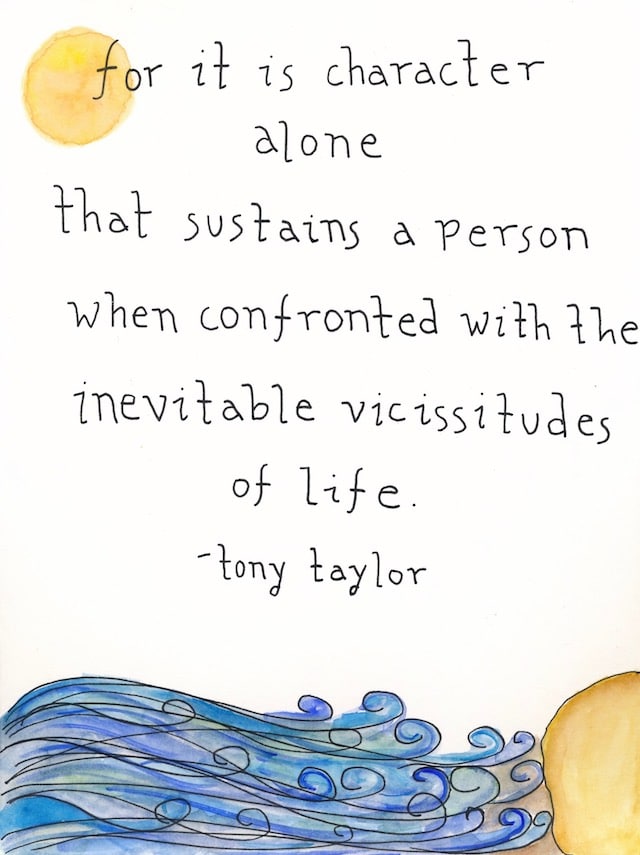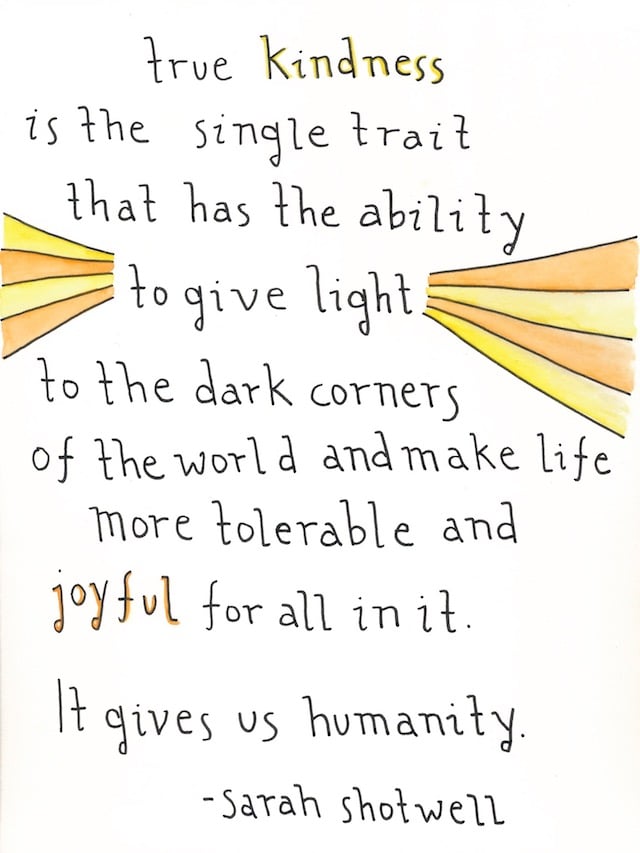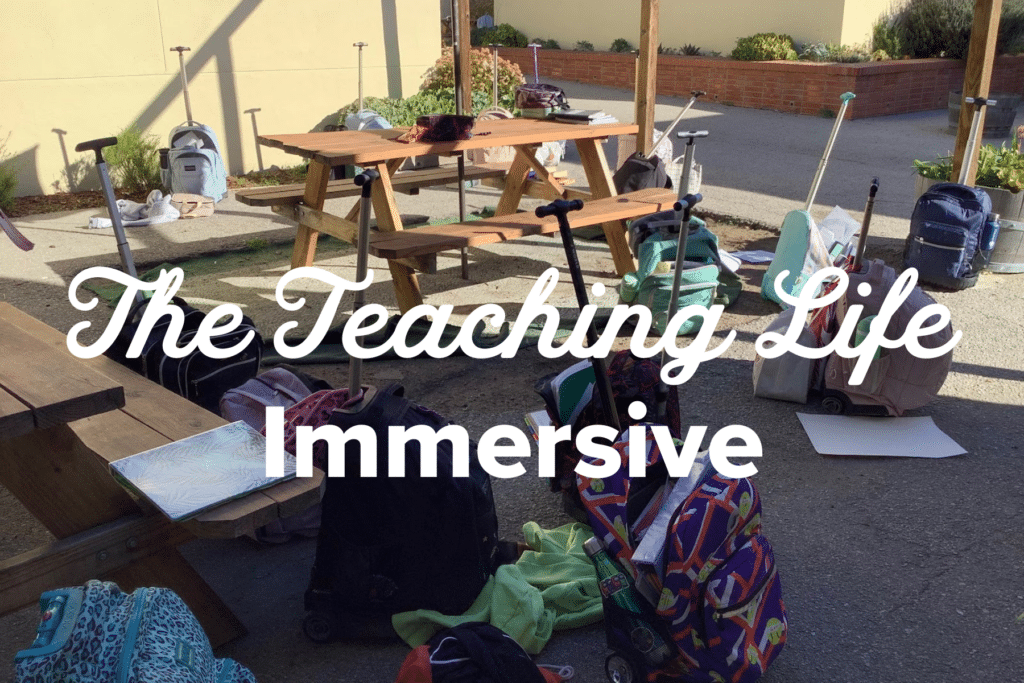
{photo by Carolyn Eicher}
Today we wrap up our series on this year’s high school Senior Projects! If you missed the first two posts in this series, find them here: Part 1 and Part 2.
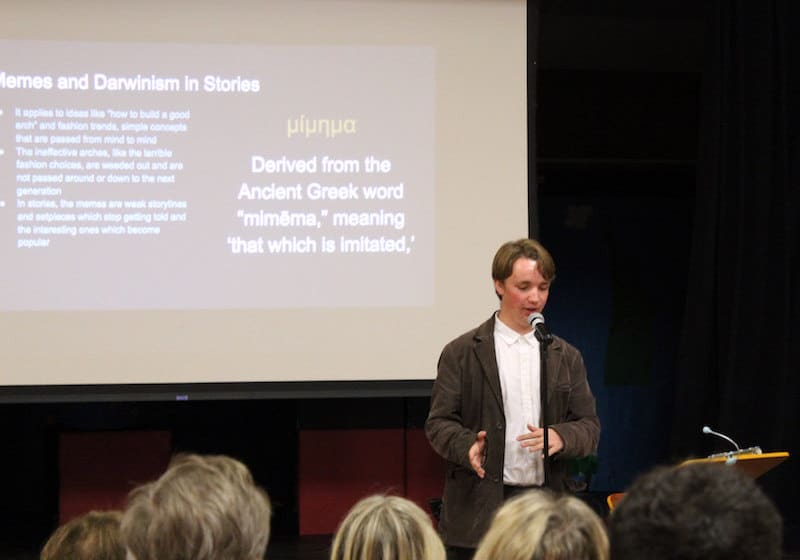 Isaiah Ferrarini: Memes and Fairy Tales
Isaiah Ferrarini: Memes and Fairy Tales
Questions: What is the fairy tale’s purpose? Has it changed? What do fairy tales and memes have in common?
Fairy tales revolve around “set pieces” which are passed from tale to tale. Only the most adored survive in the public consciousness.
What is a fairy tale? Fairy tale is a hard term to define. Humans have been telling stories since they could talk or before (using sign language). But when did they become fairy tales? That’s a question that scholars have been arguing about for far too long. They’re notorious for spending a lot of time on these sorts of things. Madame d’Aulnoy coined the term “Conte de Fées” in 1697, and the English equivalent has stayed in our hearts since then.
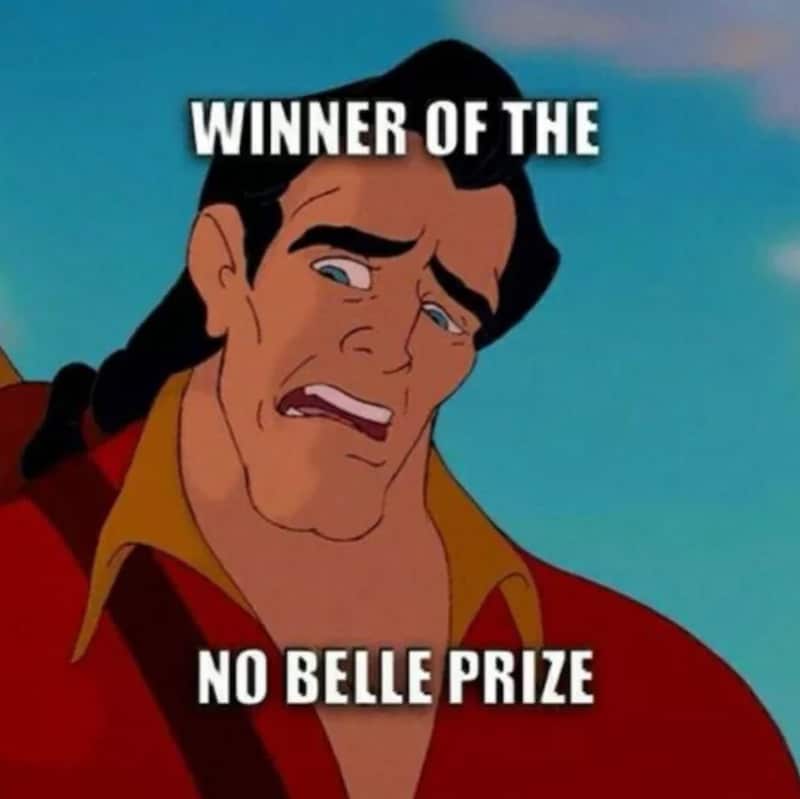 A meme is not just a joke about cats or a relatable image found online. The term was invented in 1976 by Richard Dawkins. Building on Darwin’s theory of natural selection, he developed the concept of building blocks of ideas that are transmitted throughout cultures. Dawkins coined the word “meme” (as a counterpart to gene) to describe them. It applies to ideas like “how to build a good arch” and fashion trends, simple concepts that are passed from mind to mind. The ineffective arches, like the terrible fashion choices, are weeded out and are not passed down to the next generation. In stories, the memes are storylines and set pieces; the weak stop getting told and the interesting ones become popular.
A meme is not just a joke about cats or a relatable image found online. The term was invented in 1976 by Richard Dawkins. Building on Darwin’s theory of natural selection, he developed the concept of building blocks of ideas that are transmitted throughout cultures. Dawkins coined the word “meme” (as a counterpart to gene) to describe them. It applies to ideas like “how to build a good arch” and fashion trends, simple concepts that are passed from mind to mind. The ineffective arches, like the terrible fashion choices, are weeded out and are not passed down to the next generation. In stories, the memes are storylines and set pieces; the weak stop getting told and the interesting ones become popular.
My personal example is from freshman year at SLOCA HS. We were studying monasticism and Aquinas among other things when we ran into a quandary. One cannot say that, “Celibacy runs in the family.” This joke, in its trip from mouth to mind, mind to mouth made its way into some of our respective households. I know that I retold it to my family. In this way, it had become a good meme, a small idea that is popular enough to transmit from one mind to another, and now it passes on to you!
But to shine another light on it, the entire concept of celibacy can be regarded as a meme. Unlike, say red hair or hitchhiker’s thumb, which are determined by genetics, celibacy cannot be passed down in a family. But it can be passed around, spread like any other meme. There are celibate monks who live with other celibate monks, one family united by their memetic heritage, a chain that reaches back further than the dark ages completely without the aid of blood relations. Celibacy runs in the family.
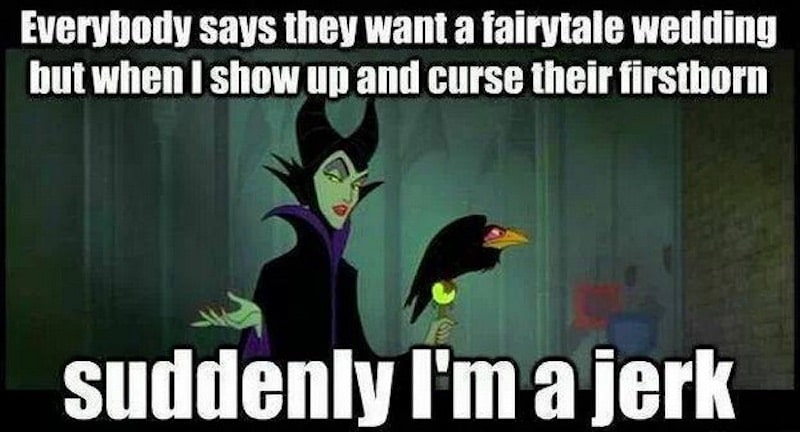
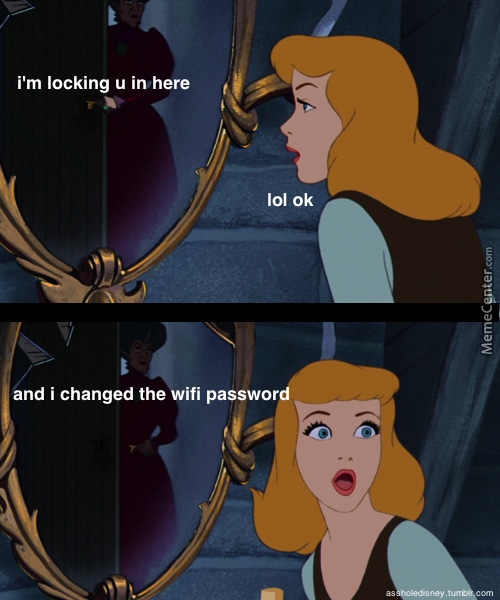 But enough about memes, let’s get back to fairy tales, you say! Not so fast. Disney has created one memetic path, but many others existed. And they existed first. Fairy tale scholars have something called the Aarne-Thompson-Uther classification system. ATU numbers are assigned to particular memetic tales and then derivations are noted as the same number. Take ATU-333, better known as Little Red Riding Hood. The Brothers Grimm wrote Rotkäppchen, but Charles Perrault wrote his Le Petit Chaperon Rouge first. And before both pioneers, Italo Calvino wrote La Finta Nonna. And though they’re disputed somewhat, there are older oral tales in Africa and China, more ancient than any Western European attempt. All of these are marked as ATU-333 because they maintain the same general storyline, with some minor (or major) variations.
But enough about memes, let’s get back to fairy tales, you say! Not so fast. Disney has created one memetic path, but many others existed. And they existed first. Fairy tale scholars have something called the Aarne-Thompson-Uther classification system. ATU numbers are assigned to particular memetic tales and then derivations are noted as the same number. Take ATU-333, better known as Little Red Riding Hood. The Brothers Grimm wrote Rotkäppchen, but Charles Perrault wrote his Le Petit Chaperon Rouge first. And before both pioneers, Italo Calvino wrote La Finta Nonna. And though they’re disputed somewhat, there are older oral tales in Africa and China, more ancient than any Western European attempt. All of these are marked as ATU-333 because they maintain the same general storyline, with some minor (or major) variations.
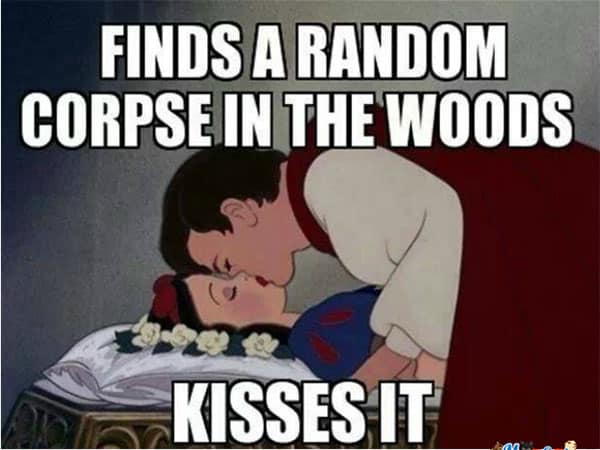
For my senior project, I focused on ATU-709, aka Snow White, aka Schneewittchen. While I give all due to the Brothers Grimm, my story is just that: my own addition to the fairy tale conversation. Without giving it all away, my Snow White is an escaped experiment named Bianca “Whitecoat” who lives alone in an apartment in a cyberpunk future where Königin Medical wants her dead. As you may guess, I’ve taken quite a few liberties. You can read it here. WARNING: this story may not be appropriate for children. Proceed at your own risk.
I want to end with a request. Fairy tales are not these static things. The stories you know today are artwork framed, maybe a little crooked, but lovely. But that’s the interpretation of a capitalist hegemony who has a monopoly on folklore. These fairy tales were meant to always be revised. Don’t leave culture’s fairy tales framed like flat kindergarten artwork on the fridge. We have become better artists since then! I implore you all to never let fairy tales grow stale; retell them.
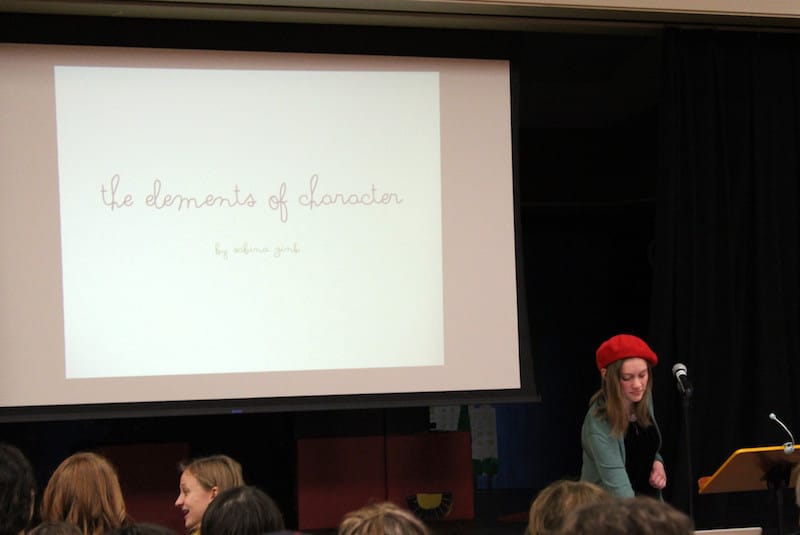 Sabina Zink: The Elements of Character
Sabina Zink: The Elements of Character
Questions: How can I combine the SLOCA character traits with art? Why is demonstrating character important at school?
At SLOCA we work on demonstrating character, and there are twelve character traits that we learn about. They are Citizenship, Courage, Diligence, Gratitude, Humility, Integrity, Kindness, Resilience, Resourcefulness, Respect, Responsibility, and Stewardship.
For my senior project, I illustrated one page for each SLOCA character trait and am making a book. Furthering my research, I decided to ask our high school teachers why demonstrating character is important in a school, and which character trait is the most meaningful to them and why. Many wrote back with extensive thoughts on character, and I selected a section from each to hand letter and illustrate.
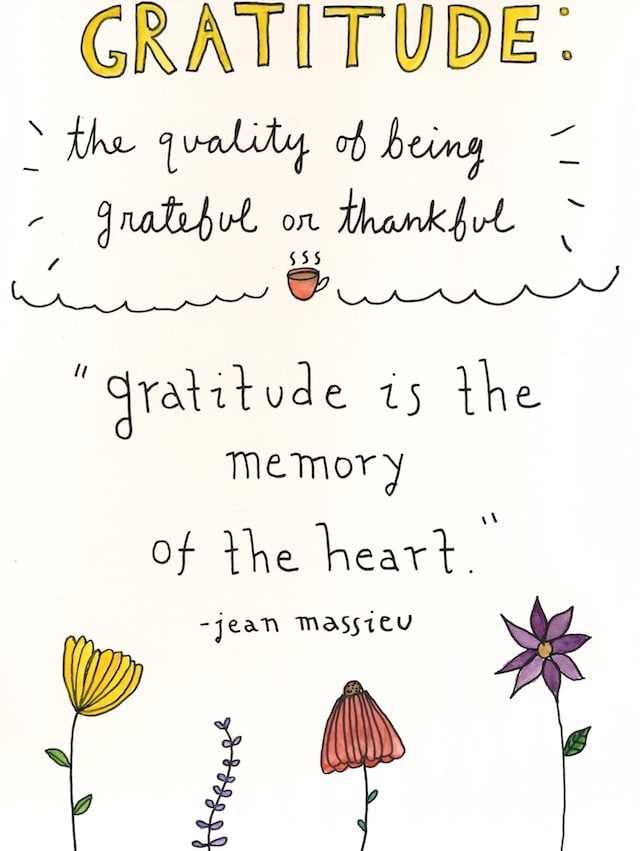 I love seeing how illustration works together with text, and it seemed like a natural connection for me to join art and the character traits. These are a few of the books that have inspired me: Whatever You Are, Be a Good One by Lisa Congdon; The Elements of Style by Strunk, White, and Kalman; The Little Book of Life Hacks by Yumi Sakugawa; and Nature Anatomy by Julia Rothman. All of my art pages were drawn in pen and painted with watercolor. As you can see, I have the definition of the trait at the top and then a quotation that relates to the subject. When thinking of ideas for my pages, I liked to imagine the word, definition, or quotation and see what images came to my mind.
I love seeing how illustration works together with text, and it seemed like a natural connection for me to join art and the character traits. These are a few of the books that have inspired me: Whatever You Are, Be a Good One by Lisa Congdon; The Elements of Style by Strunk, White, and Kalman; The Little Book of Life Hacks by Yumi Sakugawa; and Nature Anatomy by Julia Rothman. All of my art pages were drawn in pen and painted with watercolor. As you can see, I have the definition of the trait at the top and then a quotation that relates to the subject. When thinking of ideas for my pages, I liked to imagine the word, definition, or quotation and see what images came to my mind.
Another part of my project included researching character and virtue in other cultures, some of which we learned in our History, English, and Latin classes.
-In Greek the word ethos means “character.” Aristotle believed there were three parts to ethos:
- The first is arete, meaning virtue or specific excellence
- The second is phronesis, meaning useful skills or wisdom
- The third part is eudaimonia, which means flourishing
-In Rome, one of the ideal character traits was “pietas,” meaning piety in Latin. It involved caring for and being dutiful to one’s family, the gods and fellow people.
-The word xiào in Chinese means “filial piety.” Filial piety is “a virtue of respect for one's parents, elders, and ancestors.” It is an important virtue in Chinese philosophy.
-In the religion Zoroastrianism, the word “asha” means “truth and righteousness.”
-In Yoruba, which is a language of Nigeria, the word “iwa” means character and morality. A person is judged on their good or bad “iwa.”
-In Hinduism, karma is the belief that good actions bring good consequences and bad actions bring bad consequences.
Throughout all of these cultures there are similar themes present such as the difference between “good” and “bad,” caring for one’s family, being truthful, and simply being a well-rounded morally upright person. While character might look different around the world, it is something universal that is important to many people.
Here are the quotations I selected from the teachers’ responses:
“I am absolutely in love with the word resilience. How alive I feel after rising from a fall, when I’m finally blossoming after a long winter!”
-Señor Nick Larson
“The humble student and teacher take a sincere interest in others and understand how much they themselves still have to learn. The humble student and teacher are awed by the beauty and power of nature, science, language, math, and art.”
-Sarah Weinschenk
“Integrating teaching and demonstrating character is natural. One cannot really teach others if one isn’t willing to pursue truth oneself.”
-Dr. Steve Rein
“Becoming a person of character is less about knowing the right things and more about falling in love with the right things. The things that are good and just and true and beautiful and right.”
-Paul McCullough
“Data can be absorbed at any time, it can be forgotten and re-learned, it can be researched. But character cannot be added in at random. It is the great constant, develops slowly, and is far more instrumental in the long-term happiness and success of a person.”
-Guy Kinnear
Over the months of working on my project, I did research, read chapters from books, found quotations, and spent a lot of time at my art table. I have learned that being in an environment where we work on demonstrating character gives our education depth and meaning.
To give an idea of what the work behind making a page is, I filmed a time-lapse video of my process of working on the page Gratitude:
This has been a fantastic series – full of variety, reflecting each student’s passions, interests, and scholarly pursuit. Thank you, Seniors, for taking the time to adapt your projects to share on the blog. We loved them and are proud of you all!













